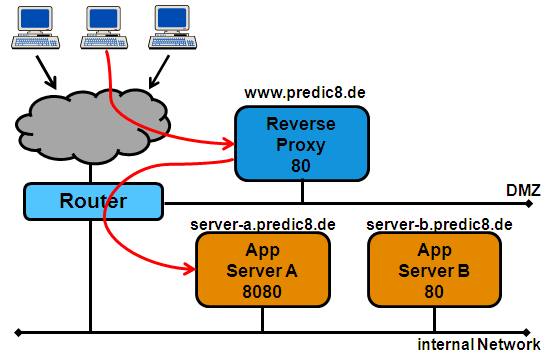What I usually recommend is look towards regulatory compliance resources for things like this even if they don't apply to your scenario. The reason for this is because many will setup the guidelines that you'll need to be aware of regardless of the infrastructure you apply it towards.
With that said it sounds like your scenario has a dedicated web server and dedicated database server (dedicated with in the context of the post at least). What I'd probably recommend is that you have a configuration something like this:
The Internet
----------------------------
Firewall
----------------------------
Web Server
----------------------------
Firewall
----------------------------
Database Server
----------------------------
Firewall
----------------------------
Internal Private Network
This configuration, similar to architectural tiers recommended for PCI compliance, allows firewall configurations between every level so that you can allow just the ports you need and in the directions you need. For example, I wouldn't have any traffic allowed from the DB server or Web server into the internal network. This should be outgoing traffic into the DMZ only.
Now this is simplified a little since it doesn't go into the dmz network configuration and any router settings that you may need with such nor load balancing; however, hopefully this will get you pointed in the proper direction a bit. You may want to re-ask this question over at ServerFault.com as well; it may provide more insight than just this.
